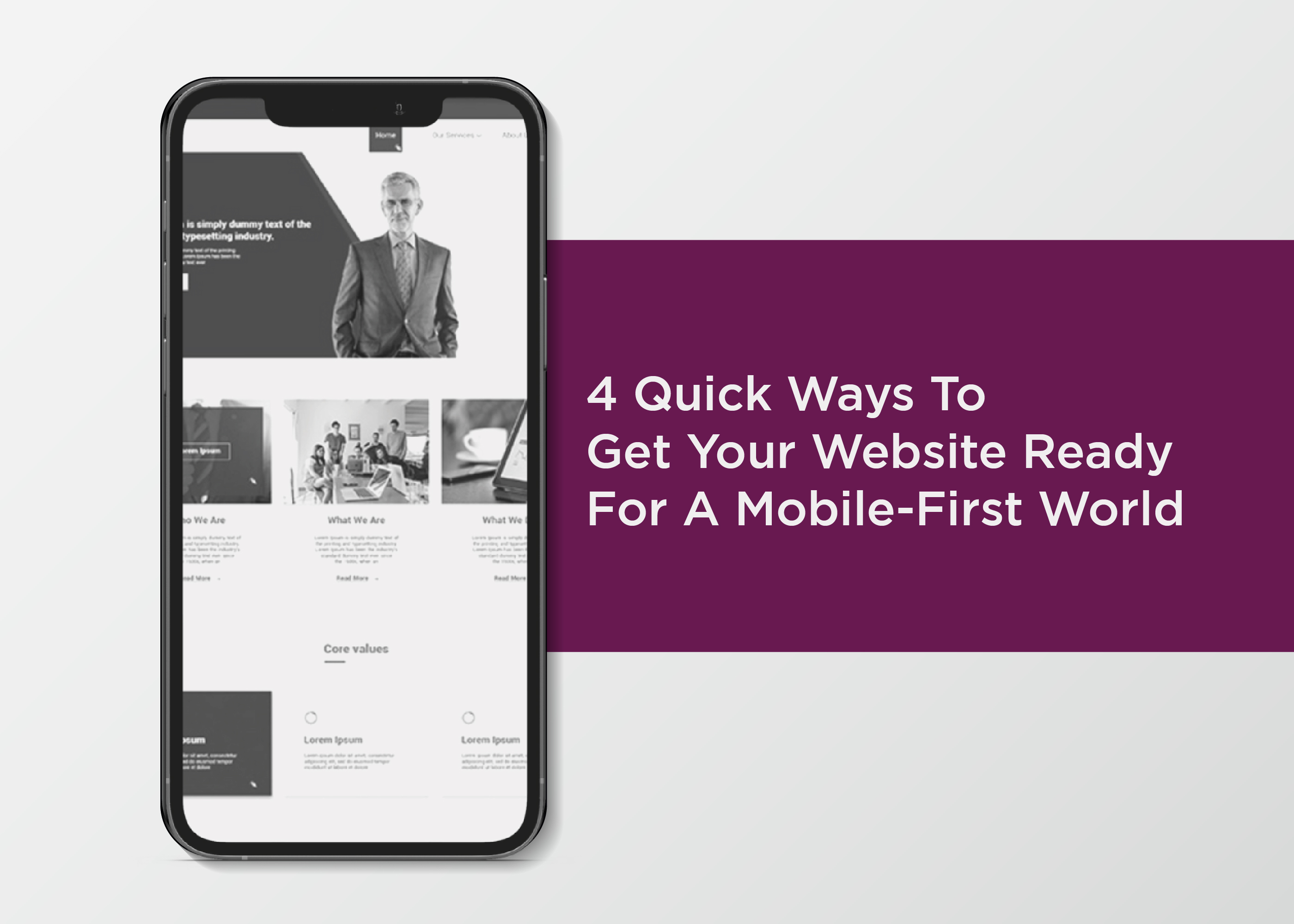According to a survey conducted by Statista, mobile users account for approximately half of the web traffic worldwide. In the first quarter of 2021, mobile devices generated 54.8 percent of global website traffic. Websites that are mobile-friendly rank higher than those that aren’t. Google gives mobile-friendly websites precedence over non-mobile-friendly websites in mobile search results.
The majority of SERPs are now based on mobile content. You may notice a change in results today if you have a page that shows certain specialized content to desktop users but excludes content for mobile visitors. This is due to the mobile-specific content. Because mobile content will be used more frequently in the future, you should think about what and how much content to include in your mobile version. How Can You Get Ready for the Mobile-First World?
1. Keep your content mobile-friendly.
The majority of content developed expressly for mobile is, by definition, shorter. You should maintain your page’s status as the authoritative source on the content issue you’re writing about, but this doesn’t necessarily have to be long-form content. You can also include videos and audio on your mobile-optimized website. These may improve the user experience, and a transcript may be put on the page for optimum SEO impact. Any content on your pages that is incompatible with mobile devices, such as Flash videos, should be updated as soon as possible.
2 . Focus on user experience
For search engines, user experience and engagement have become increasingly significant indications. If a visitor arrives on your page and leaves after a few seconds, it means they weren’t able to find what they were looking for. On the other hand, if a visitor stays on your page and interacts with multiple links and resources, they are very certainly engaged. When optimizing your website for mobile viewing, consider not only the experience of that one page in a mobile-first environment but also how consumers journey between pages and their experience between each step.
3. Make the forms as brief as possible.
Consider all of the different forms on your website. It is not a good strategy to ask the visitor for a lot of information. Instead, alter the design to keep your forms as brief as possible. It’s not as much of an issue if someone is filling out a form on their computer because it’s easier to type and browse on a larger screen. With smartphones and tablets, however, this is not the case. Examine your forms and determine whether or not each line is required. You don’t need users’ home addresses or phone numbers, for example, if you’re attempting to get them to subscribe to your email list.
4. Use standard fonts.
Vey few d are aware that fonts are “heavy.” Non-standard fonts will lengthen the time it takes for mobile users to access your site and make it less user-friendly. You wanted that particular phrase to be painted in a specific color and written in a hand-written typeface you saw on a friend’s website, right? However, a regular font may look just as fine, and it will speed up your site’s loading time. Do you want to risk losing customers because of a font choice?
Many web designers and developers have begun to prioritize mobile consumers in recent years. Mobile users hold the future, so make sure you keep up with the times and always have an optimized and mobile-friendly website, no matter whatever platform you’re using.


